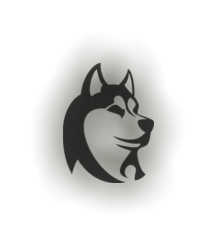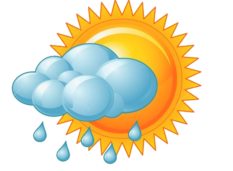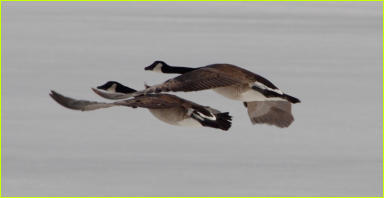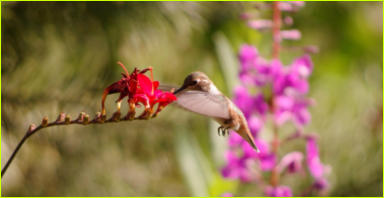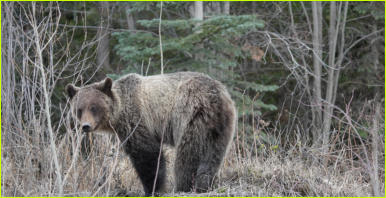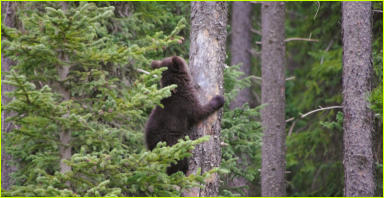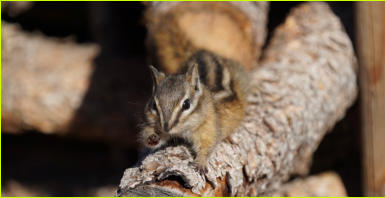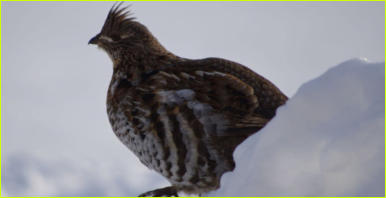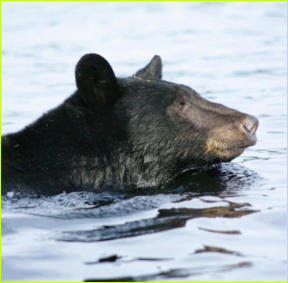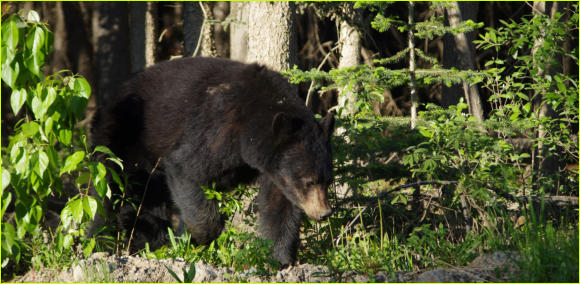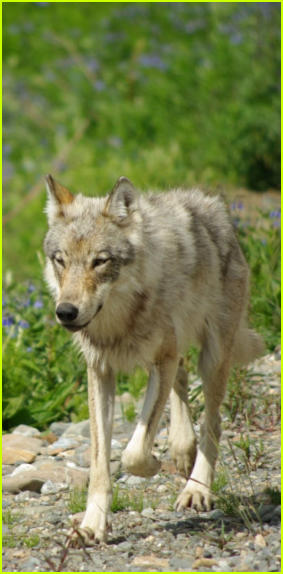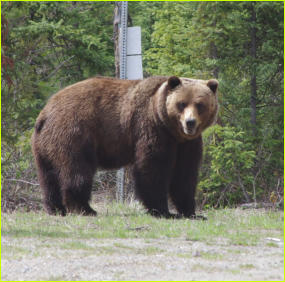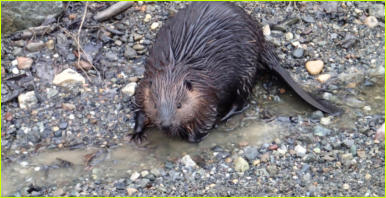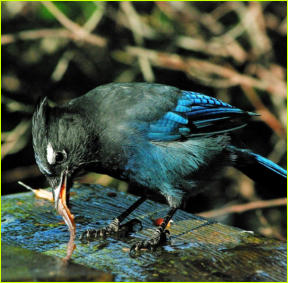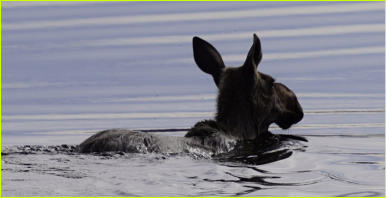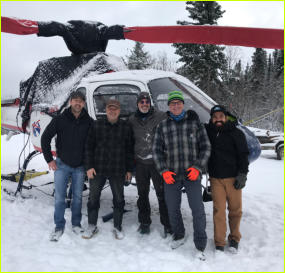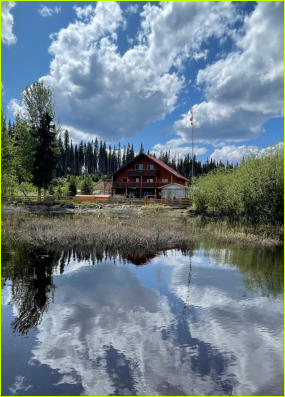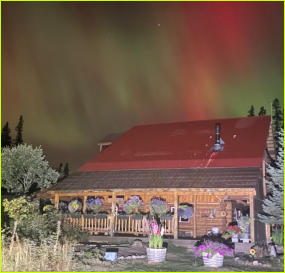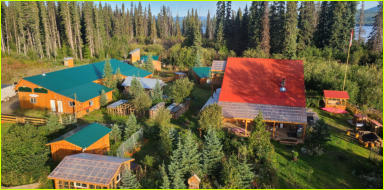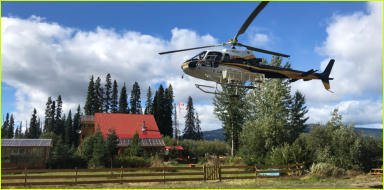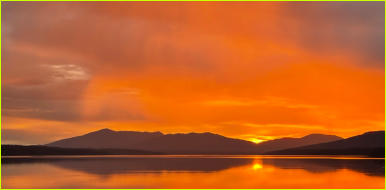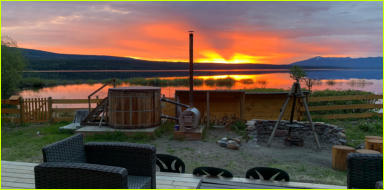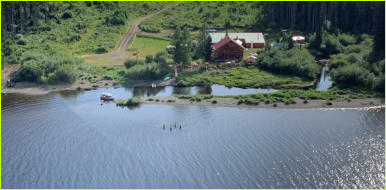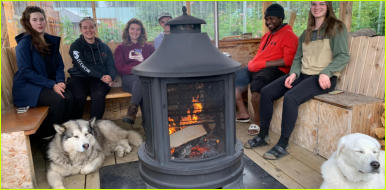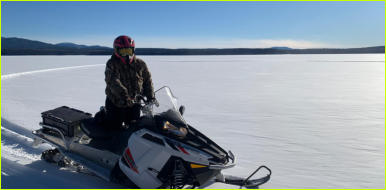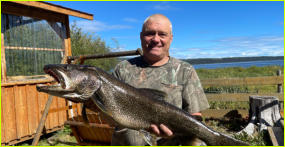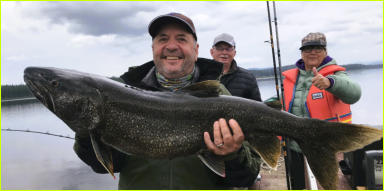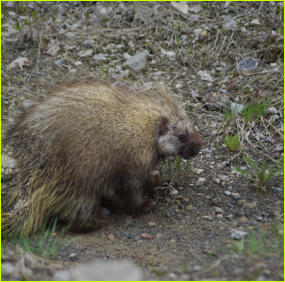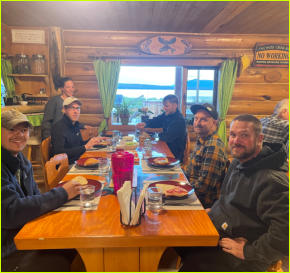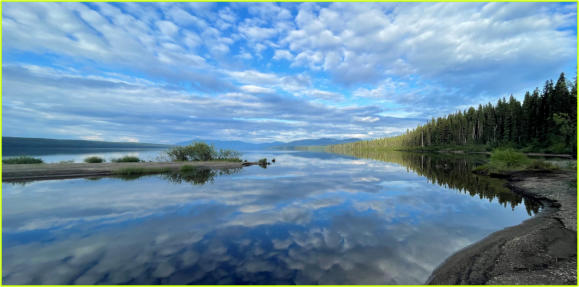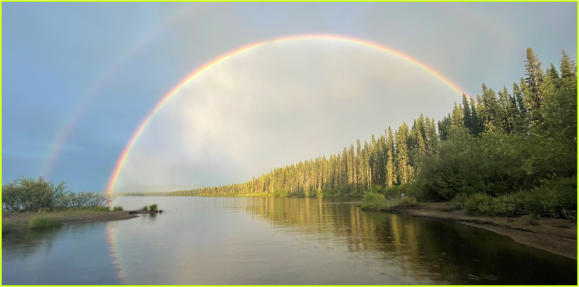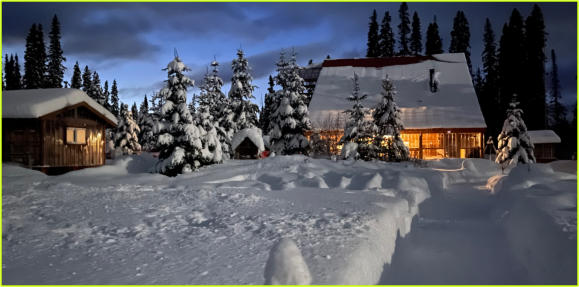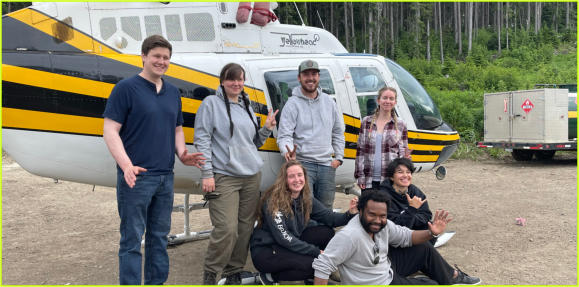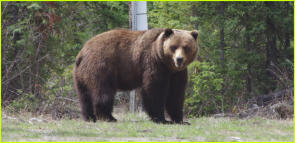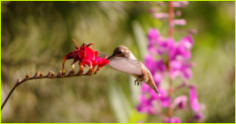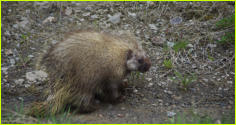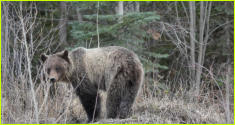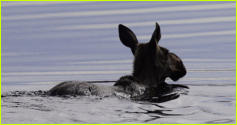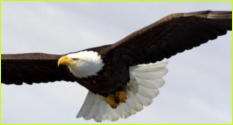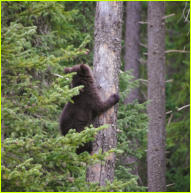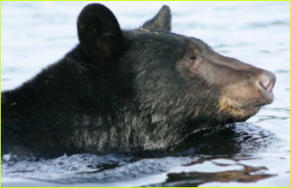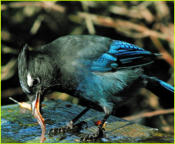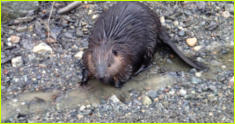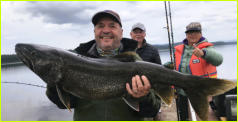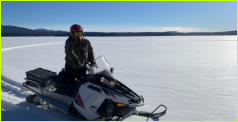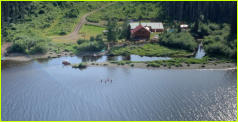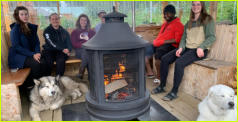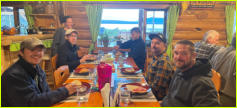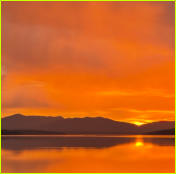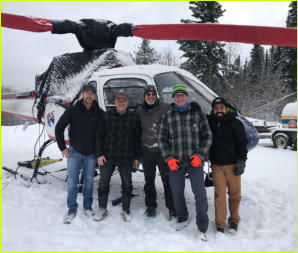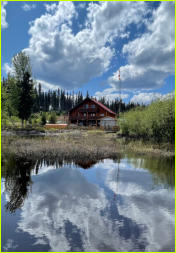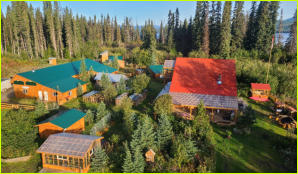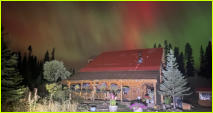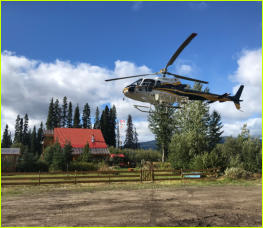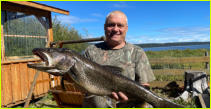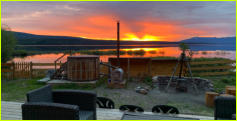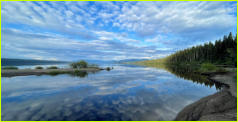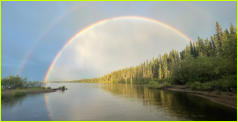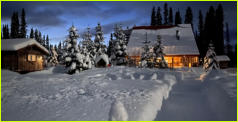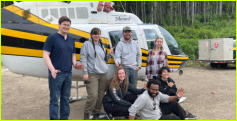Ferien, Kanadaferien, Ferien in Kanada, Reisen in Kanada, Traumreise Kanada, Naturreisen,
Naturerlebnisreisen Kanada, Wildnis, Wildnis erleben, Wildnis Touren, Fischerreisen Kanada,
Kanuferien, Angelferien, Angelreisen, Angelurlaub, Kanada entdecken, besondere Ferien,
Lodgeferien Kanada, Wildnislodge Kanada, Übernachtung Kanada, Wildnislodge, Kanada buchen,
Inspiration Kanada, Kanada, Reiseempfehlung Kanada, Kanada Karte, Kanadaurlaub, Urlaub in Kanada,
Abenteuerreisen Kanada, Traumurlaub, Natur Kanada, Naturreisen Kanada, Wildnis Reisen,
Abenteuer Wildnis, Auf und Davon, Kanuferien Kanada, Angelferien Kanada, Angelreisen Kanada,
Angelurlaub Kanada, Spezialisierte Ferien, Ferienangebote Kanada, Ferien in einer Lodge,
Rundumferien Kanada, Aktivreisen Kanada, Erlebnis Wildnis, Reiserouten Kanada, Reiseangebote Kanada,
Kanada Spezialisten, Komplettreise Kanada, Kanadaabenteuer, Abenteuer in Kanada,
Traumurlaub in Kanada, Fischerurlaub, Naturerlebnisse, Naturerlebnis Kanada, Wildnis Reisen Kanada,
Wildnis Kanada, Fischerferien Kanada, Angelferien Alaska, Angelreisen Alaska, Angelurlaub Alaska,
Spezialferien, Lodgeferien, Lodge Kanada, Fort St. James, Tourismus Kanada,
Kanada Rundreise, individuelle Reise Kanada, Westkanada, Gruppenreisen, Komplettangebote Kanada,
Fischen, Fischen in Kanada, Jigging, Perlmutterspinner, Perlmutt, Fischerangebote, Abenteuer Fischen,
Angelurlaub mit Boot, Fischerparadies, Fischguide, Char, Namaycush, Süsswasserdorsch, Schleppfischen,
Fliegenfischen, Perlmutterköder, Perlmutterspangen, Perlmuttspinner, Fischen in der Wildnis,
Angelseen, Fischerferien mit Boot, Angeln, Fisherman, Kanadische Seeforelle, Seeforelle, Quappe,
Schleppköder, Spinnfischen, Perlmutter, Perlmuttköder, Perlmuttspangen, Unberührte Seen,
Trophylake, Angelferien mit Boot, Saiblinge, Lota Lota, Amerikanischer Seesaibling, Trüschen, Felchen,
Nation Lakes, Indata, Kanu, Kanureise, Paddeln, Kanufahren, Kanufahren in Kanada,
Mit dem Kanu durch die Wildnis von Kanada, Kanurouten, Transferservice, Kanubegeisterte,
Tchentlolake, Tsaytalake, Kanutouren, Kanutraum, Paddelferien, Kanureisen, Unterwegs mit dem Kanu,
Kanuanfänger, Kanurouten in Kanada, Shuttle service, Chuchilake, Canoe Routen, Ferien mit dem Kanu,
Paddelrouten, Paddelreisen, Kanada mit dem Kanu entdecken, mit dem Kanu unterwegs,
Mit dem Kanu durch die Wildnis, Touren mit dem Kanu,
Aktivitäten, Quad, Quadfahren, Mit dem Quad durch die Wildnis, Quadtouren,
Snowmobiltouren, Jagd Kanada, Gold Rush,
ATV, Quaderlebnisse, Quadabenteuer, Quadausflüge, Snowmobil Kanada, Jagd, 4 Wheeler,
Abenteuer Snowmobile, Jagen, Snowmobil, mit dem Snowmobil durch die Wildnis, Gold suchen,
Natur Kanada, Schwarzbär, Tierspuren, Wilde Natur, Blockhaus, Wildlife, Braunbär,
Tiertouren, Indian Summer, Hottube, Grizzly, Elch, Tierbeobachtungstouren, Naturwunder, Paradies, Gold, Moose,




Chantal & Roger Achermann
P.O. Box 1357
Fort St. James, V0J1P0, BC
Canada

© Copyright 2025 by Chantal & Roger Achermann. All Rights Reserved
ROGERS PARADISE LODGE LTD
Google
Maps
Immerse yourself in the amazing animal and plant world surrounding Rogers Paradise Lodge. Enjoy seeing the wild animals but at the same time
respect them and observe the rules.
IT IS FORBIDDEN TO FEED WILD ANIMALS !!!
Click thumbnail to enlarge
Click thumbnail to enlarge
Weather
Fort St. James




© Copyright 2025 by Chantal & Roger Achermann. All Rights Reserved
Chantal & Roger Achermann
P.O. Box 1357
Fort St. James, V0J1P0, BC
Canada

ROGERS PARADISE LODGE LTD
Google
Maps
Weather
Fort St. James

Click thumbnail to enlarge
IT IS FORBIDDEN TO FEED WILD ANIMALS!!!
Immerse yourself in the amazing animal and plant world
surrounding Rogers Paradise Lodge. Enjoy seeing the
wild animals but at the same time respect them and
observe the rules.
Click thumbnail to enlarge













